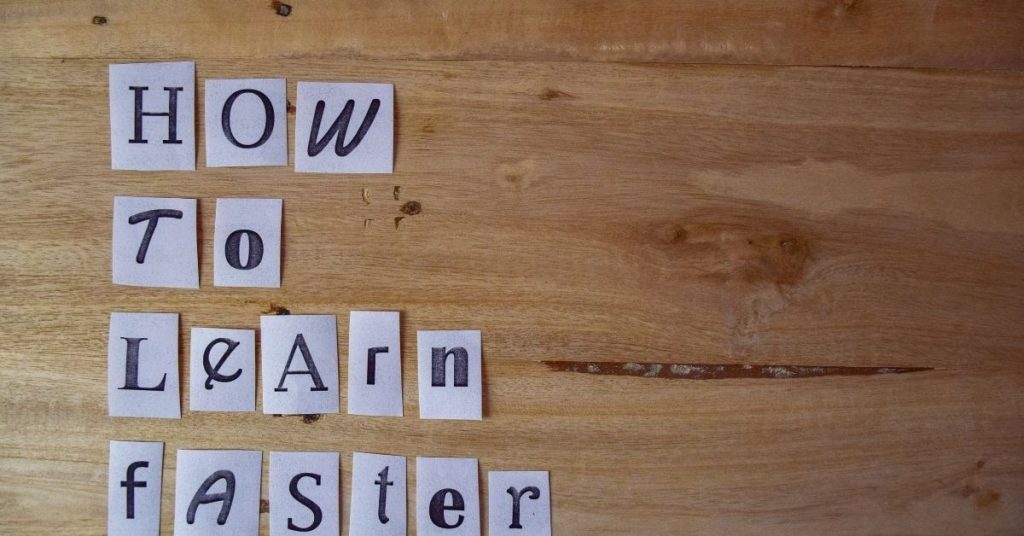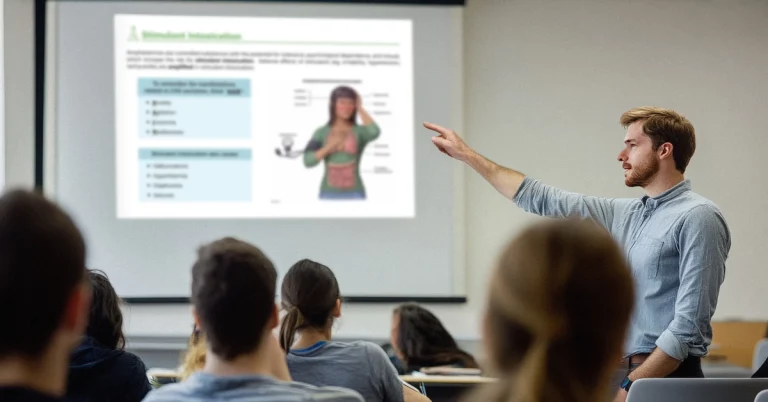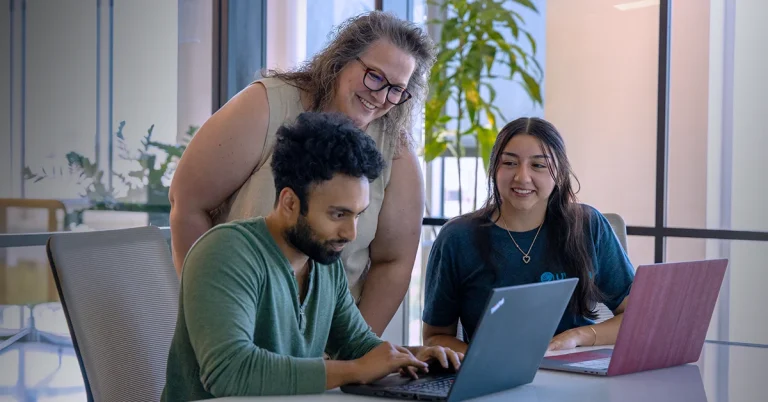A persistent and significant challenge that every student faces, regardless of his or her field of study, is that of optimizing studying sessions. Nursing students are certainly no exception; they know this challenge all too well.
Whether it’s didactics, clinicals, or a combination of both, nursing students are required to absorb, process, and retain large amounts of information. To do so, students must not only be alert in the classroom and in clinicals, they must also spend considerable time studying what they’ve been taught.
This is where the struggle begins for many nursing students. Procrastination, stress, feeling overwhelmed, cramming — these are all symptoms students feel due to misdirected, inefficient study.
Educators invested in the success of their students are left to ask the questions: Is there a solution to the study struggle? Is there something I can do to help my students learn more effectively?
Well, there is good news for programs and teachers asking these questions.
While you can’t study for your students, you can equip them with a study tool that is a game changer when it comes to memory retention and test preparation.
Spaced repetition is a proven, evidenced-based study technique that is an effective solution to the study struggle.
First unveiled by the German psychologist, Hermann Ebbinghaus PhD., in his seminal work published in 1885, Memory: A Contribution to Experimental Psychology, and later brought to relevance with the use of flashcards by Sebastion Leitner’s “Leitner system,” spaced repetition is more than a study fad — it is a time-tested learning system.
So, what is spaced repetition and how does it work?
In their article for the Proceedings of the National Academy of Sciences of the United States of America (PNAS USA), contributing authors Tabibian, Upadhyay, De, Zarezade, Scholkopf, and Gomez-Rodriguez, define spaced repetition as . . .
A technique for efficient memorization which uses repeated review of content following a schedule determined by a spaced repetition algorithm to improve long-term retention.
When writing about their digital flashcards feature, upgraded with new spaced repetition technology, UWorld Nursing says it this way . . .
Using flashcards with spaced repetition technology ensures students study difficult information more frequently until they master it, then less frequently so their brains are challenged to create long term retention.
Students, left to study on their own, might mismanage their time, pouring over hundreds of flashcards, many unnecessarily.
But with spaced repetition, the most difficult flashcards are given priority. Upon mastery of those most difficult concepts, they are presented less frequently, but at optimal times to ensure memory retention. This makes each study session more efficient by optimizing the flashcard repetitions in order to reap the maximum benefit.
With options in the UWorld QBank for administrators, nursing programs are stepping in and pointing students in the right direction, encouraging them to utilize the spaced repetition flashcards for study and remediation.
In an article for The Guardian, James Gupta writes: “We know that the brain preferentially stores information it deems to be important. It strengthens and consolidates memories of things it encounters regularly and frequently. So spaced repetition — revisiting information regularly at set intervals over time — makes a lot of sense.”
The practice of studying with spaced repetition not only facilitates learning while increasing memory retention, but it also solves a common student problem, one that Craig Lambert, in his article for HarvardMagazine.com titled Learning by Degrees, calls “binge and purge” learning.
This type of learning describes what students do when they cram for a test simply to regurgitate the information on the exam.
Binge and purge learning is obviously not in the best interest of student development. Rushed, stressed, and unprepared students might be able to get by on exam day, but they’ll struggle to meet the core levels of clinical competency they could have met with better study techniques.
One final thought to consider:
Spaced repetition contributes to student confidence, which is beneficial in the classroom and at the testing center.
Students with access to proven, evidenced-based study resources know that they are well prepared as they take their seats for high-stakes exams like the NCLEX®.
The questions that might hound a student who has only studied randomly — Did I cover the right material? Did I spend enough time on my weak areas? Is this even going to be on the exam? — are irrelevant for the student who uses a proven test preparation resource that incorporates spaced repetition techniques.
It is no wonder that nursing students and nursing programs alike are seeking out online learning tools that utilize spaced repetition. Yes, it’s for the obvious test preparation benefits, but it’s not just that. It’s for so much more . . . .
Students with access to spaced repetition are more efficient studiers, increasingly focused learners, confident test takers, and prepared future clinicians.
Efficient. Focused. Confident. Prepared. What more could we want for our students?





